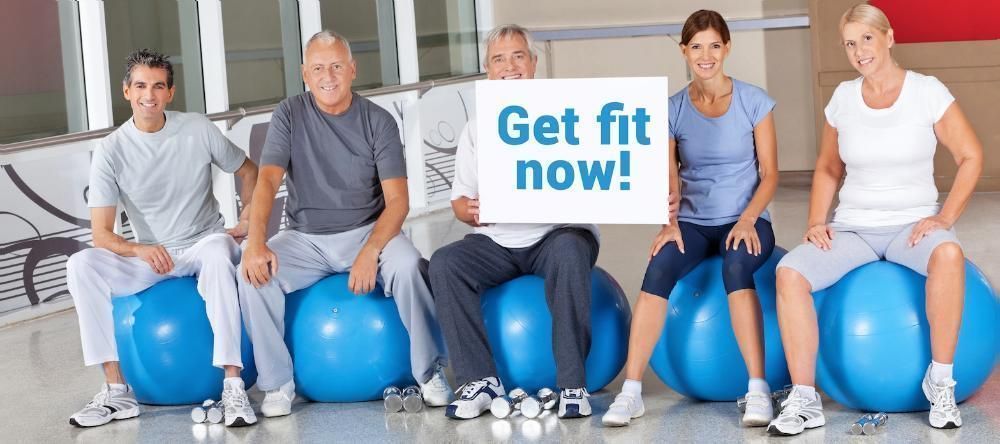Osteoporosis is the weakening of bones within the human body. In this months blog we look at how osteoporosis is developed and how we can slow and or prevent the effects of age related bone loss.
At some point in your life you may know someone that has osteoporosis. Osteoporosis is a condition where the bones become brittle and can eventually break or fracture in sudden movements or falls. How does osteoporosis develop? In the easiest way to describe it. Our bones are in a constant process of remodeling itself to build stronger bones. When we are young the process of building bone is faster than the break down of bone. But as we get older this begins to switch and the opposite happens. Peak bone mass in adults happens in their 20’s. So when the breakdown process occurs the bodies ability to build bone cannot keep up with the break down of bone. This decrease in the bone density as we get older starts off as osteopenia and then osteoporosis.
What is osteopenia? Osteopenia is the stage right before osteoporosis where the bones start to decrease in its bone mineral density. Bone mineral density can be determined by a DEXA scan and can be done by a referral from your medical doctor. It is critical that even before osteopenia has even been reached the individual does everything they can to prevent the start of age related bone loss from happening in the first place. If the osteopenia is not kept in check, it leads to osteoporosis.

To truly understand osteoporosis you must know what Wolffs law is. Wolff’s law states that the more physical stress that is placed on our bones our bodies adapt by building stronger bones. The opposite is also true, the less stress we put on our bones the quicker our bones lose bone mass. Think of an astronaut in space. In a weightless environment he has no stress on his bones and he can eventually develop osteoporosis if he stays in space long enough.
So how do we place stress on our bones in a safe way? Lifting weights. Lifting weights will provide more stress on the bones as our bodies move and eventually our bodies adapt by building stronger bones. Weight bearing activities (weight lifting/walking) should be done on a daily basis to help our bones grow stronger. Non weight bearing activities such as cycling and swimming has a very minimal effect on building stronger bones.
In my pervious blog post about the sit to stand exercise we looked at a exercise that is extremely important in building strong legs. But as a added benefit, the sit to stand exercise actually places good stress on your spine and hips if you are holding a weight in front of your chest. Doing this will will build the bone mass in the hips and spine.
The most important thing to remember with any health maintenance and exercise program is that it needs to be done on a regular basis to reap the benefits of it. You must commit to it for the long haul to truly see the great benefits of exercise. Just like taking a shower and brushing your teeth, it must be done every single day.
If you have osteopenia or osteoporosis please make sure you consult your doctor before starting any from of physical activity.
About the Author
For more information on physical activity for seniors please contact Charles Trinh at 808-779-1604 or visit www.functionworksfitness.com



Charles is a consultant and educator in health and fitness. His in depth knowledge about the function of the musculoskeletal system and how it relates to exercise performance makes him a sought after speaker locally and nationally. He currently is a lecturer for the American College of Sports Medicine.